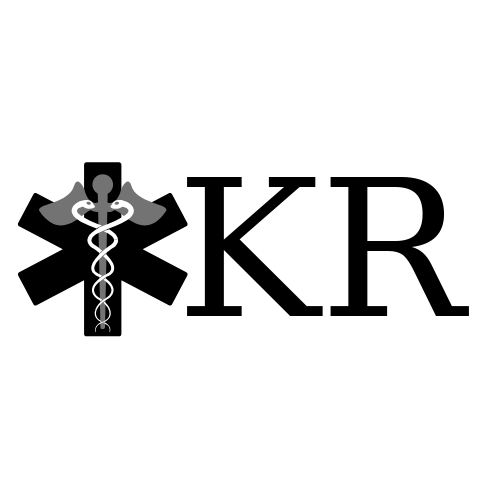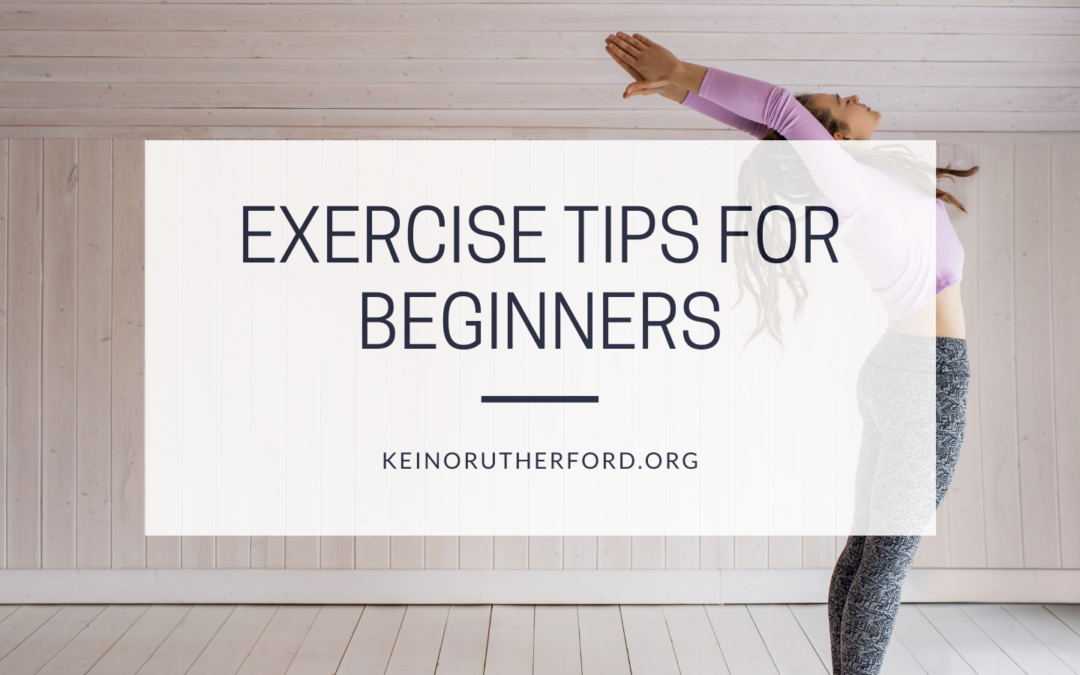If you’ve decided to work exercise into your routine, you may think that you’ll just start with a pair of sneakers and a couple of weights. Then, suddenly, you get messages from friends and trainers telling you about all the different kinds of workouts geared toward beginners. People talk about heart rate zones, HIIT versus yoga, good form, and more, and working out can suddenly sound far more complicated than anticipated.
Getting started doesn’t have to be complicated; just follow a few simple steps. Having a basic knowledge of what you’re doing can help you see immediate results. Here are the key things to keep in mind as a beginner in working out.
-
Consistency Is Key
It’s important to start slowly and gradually. Doing it for several days a week is probably ideal, but even just a day or two at first will help you see how your body responds to the exercise. People who are just starting should start with a couple of days a week and gradually increase their intensity.
Ultimately, the main thing is consistency. If five days a week feels intimidating, start with two or whatever you feel like you can manage in your schedule. Then, stick to that. Consistency is the key to getting started–you can think about increasing later on.
-
Do What You Enjoy
The best time to work out is when you can consistently do it, so find the time that fits your schedule. If you have lunches free, that can be a good time, or right after you get off work before you go home to relax. There’s no “right time,” so pick a time that feels good to you.
Similarly, for most people, strength and aerobic training are the best way to get the results they want. However, don’t follow a single exercise routine if you’re looking to bulk up or lose weight. Don’t go running every day, or it will get boring, and it will eventually get to the point where you don’t enjoy it anymore. Instead, try something that you enjoy doing. There are many opinions out there on the “best” kinds of exercise, but ultimately the best kind of exercise is the kind you enjoy enough to keep up with.
-
Prioritize Rest
If you’re feeling sore, try to do a little movement to help boost your circulation and speed up recovery time. Doing a little bit of movement can also help decrease soreness and improve your circulation.
Instead of a full-on workout, try a light one that involves stretching and foam rolling. If you are not feeling well, rest and avoid doing anything that could cause you to injure yourself. You don’t want to leave yourself horribly sore after a hard workout. If you feel like you pushed yourself too hard, try to dial back the intensity.

